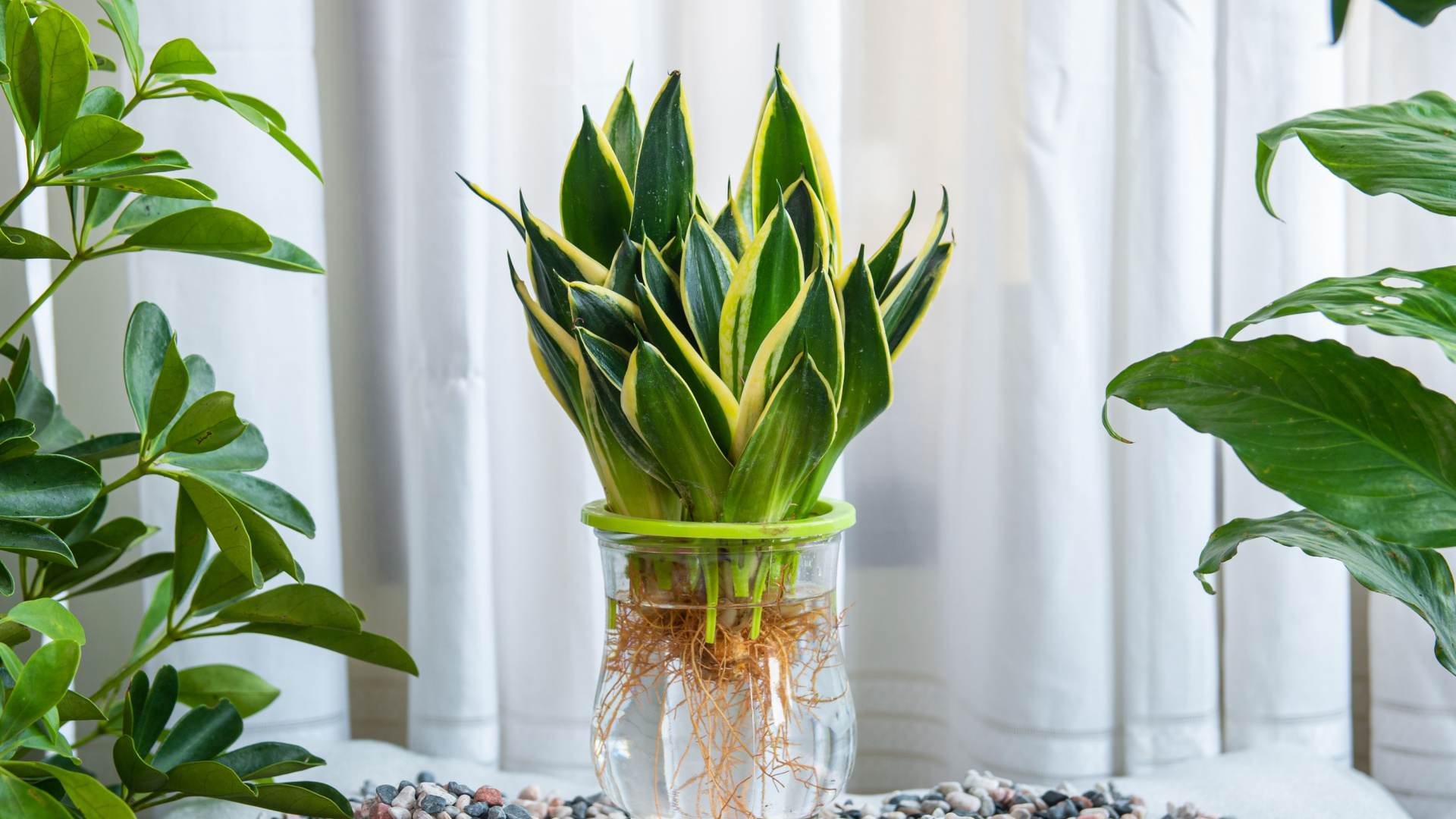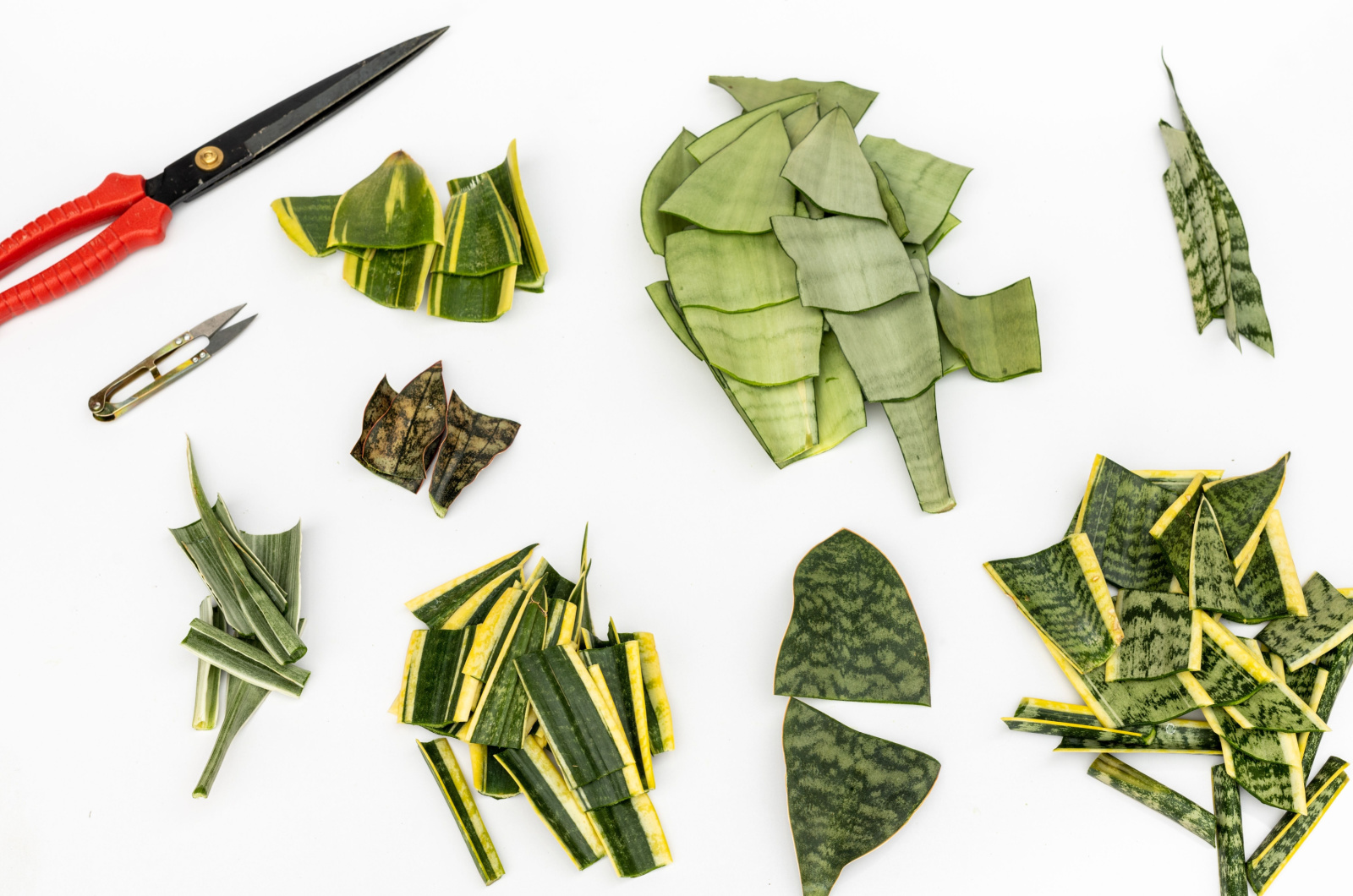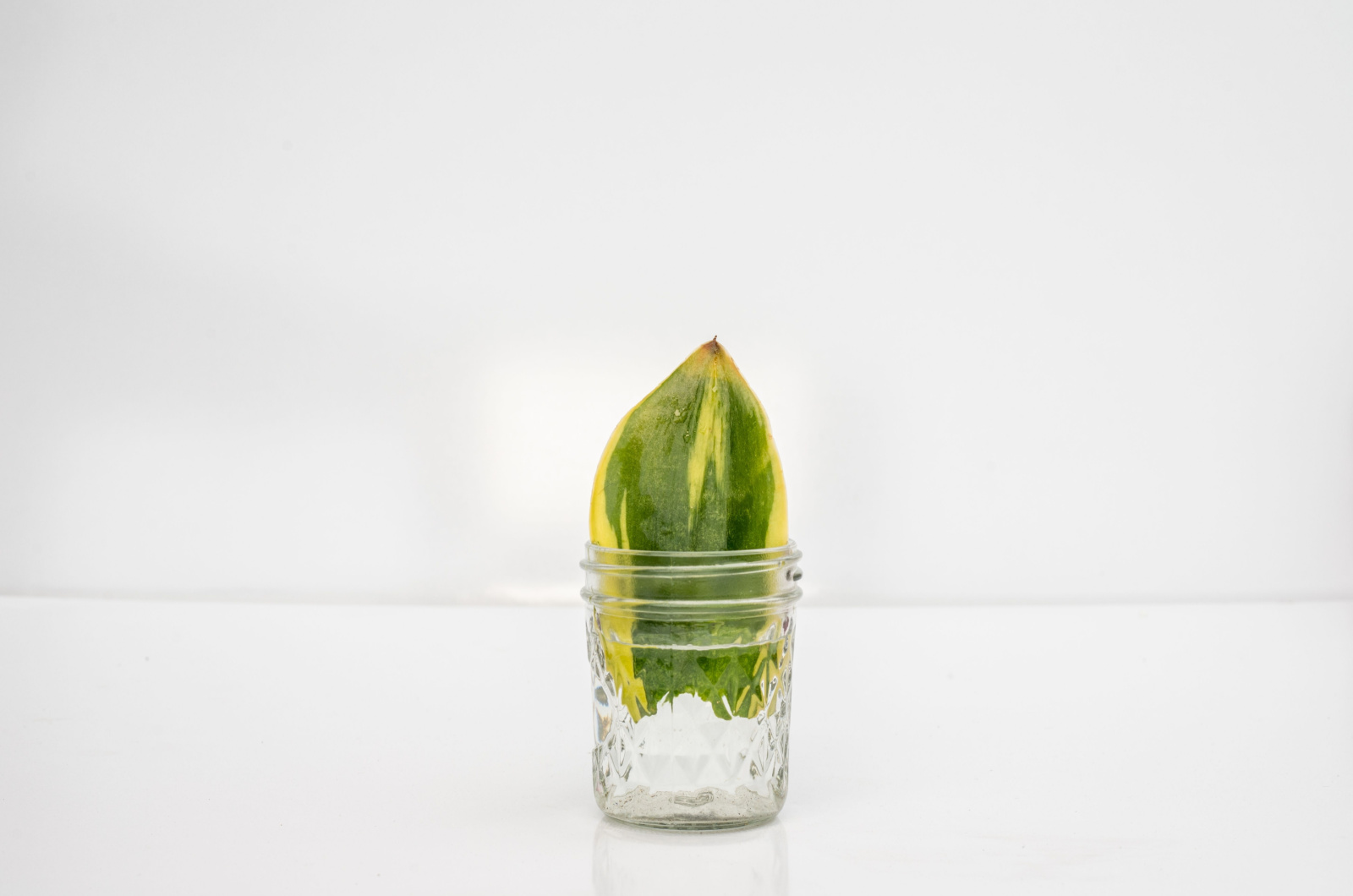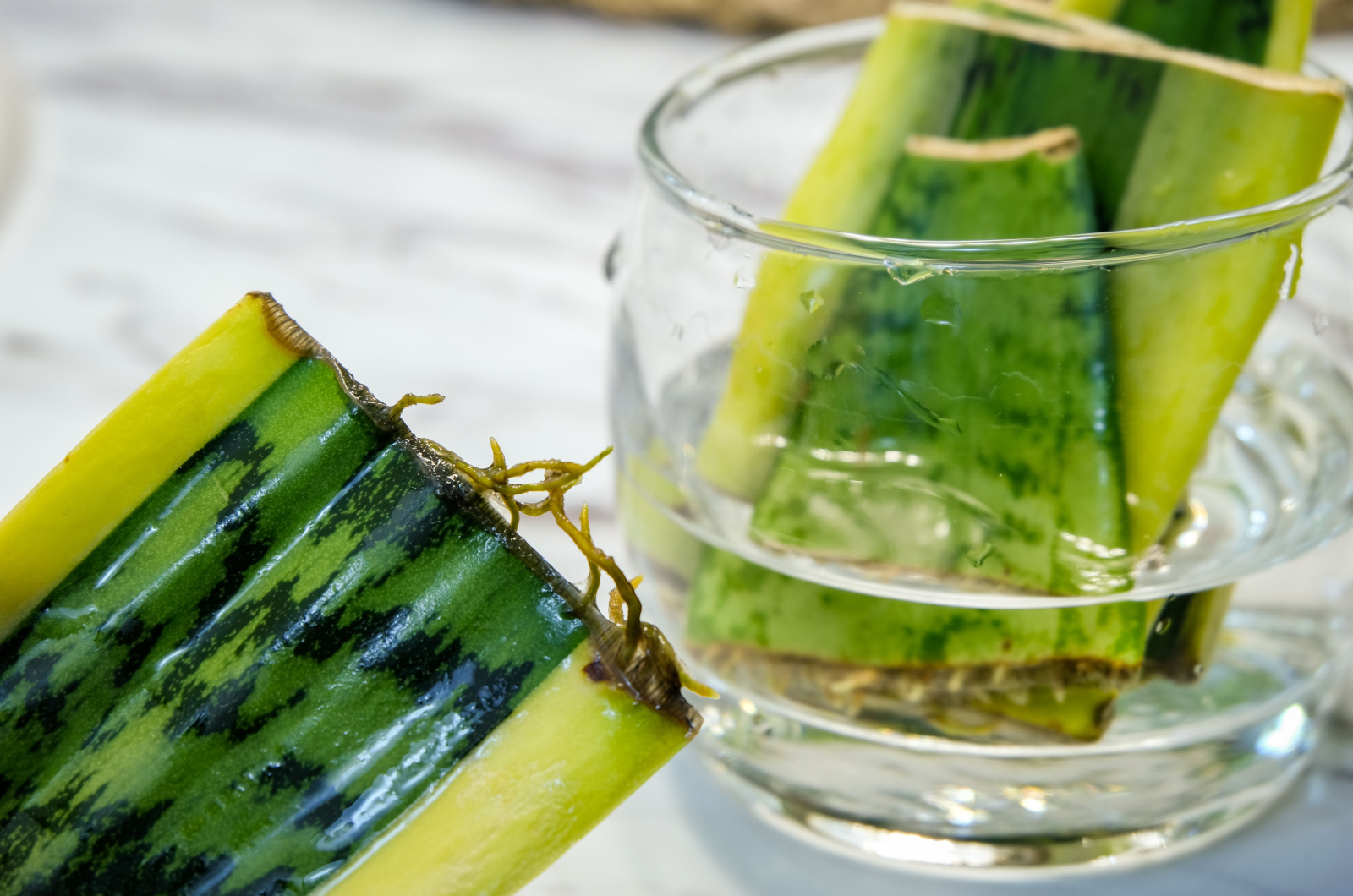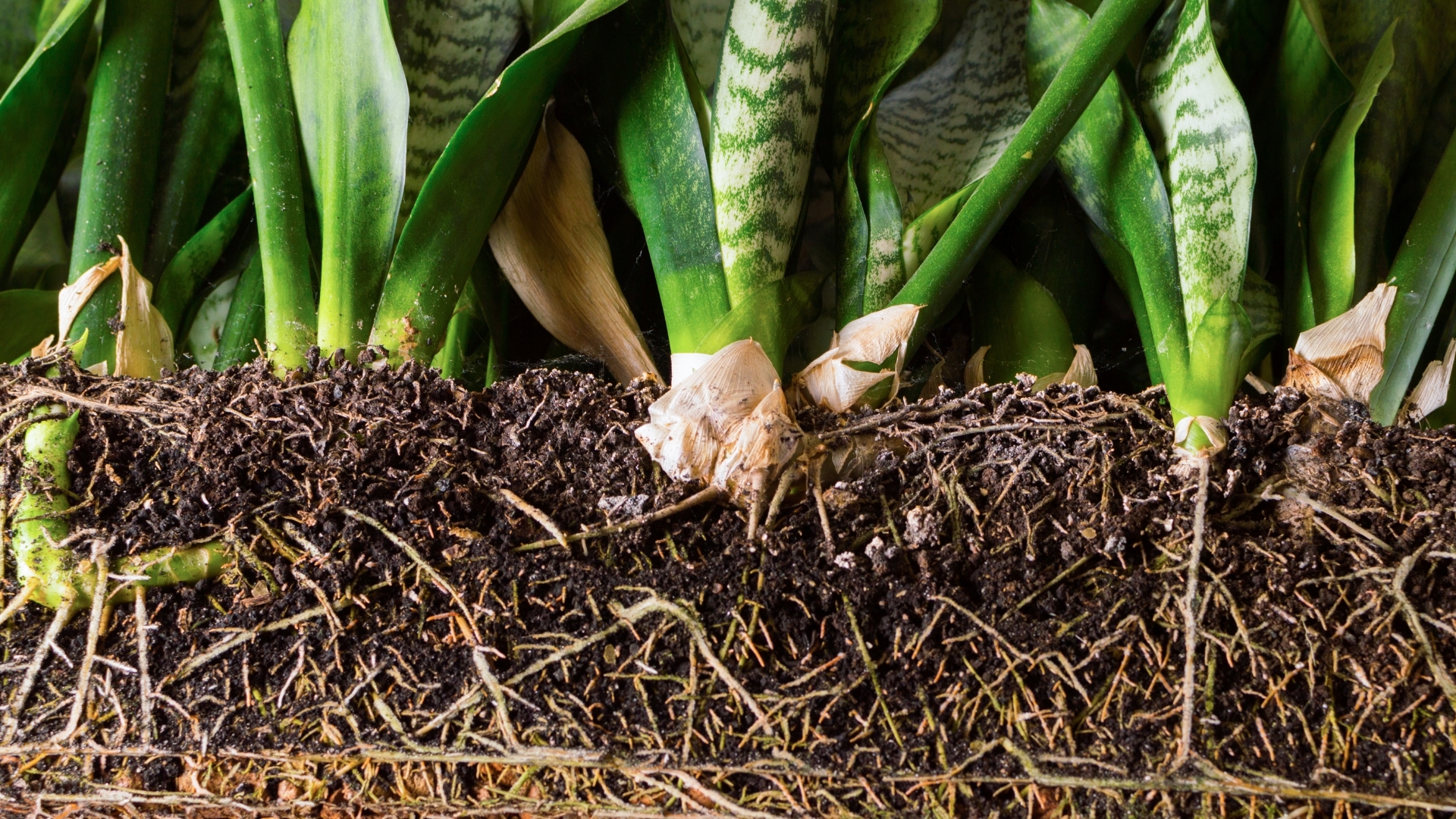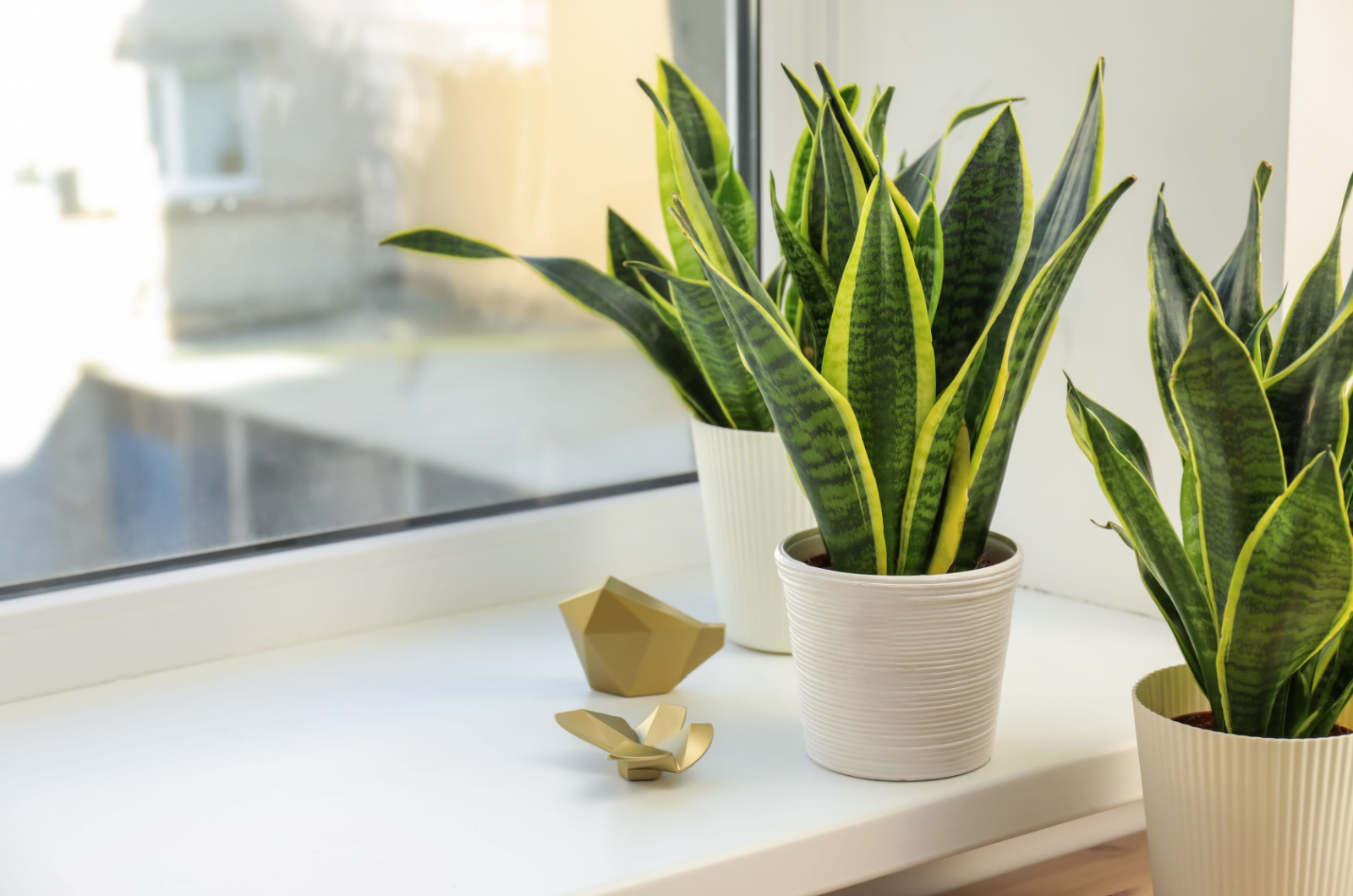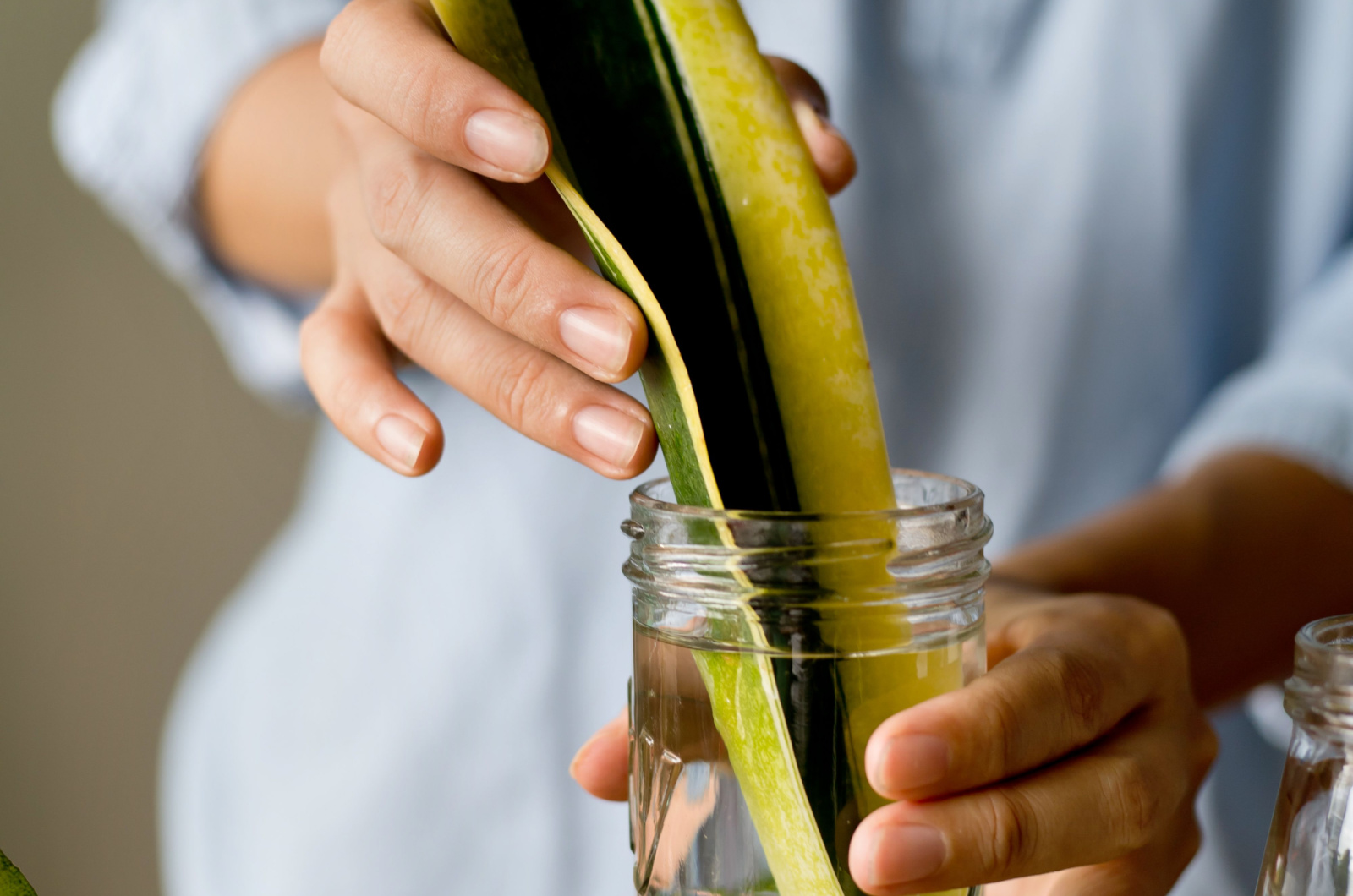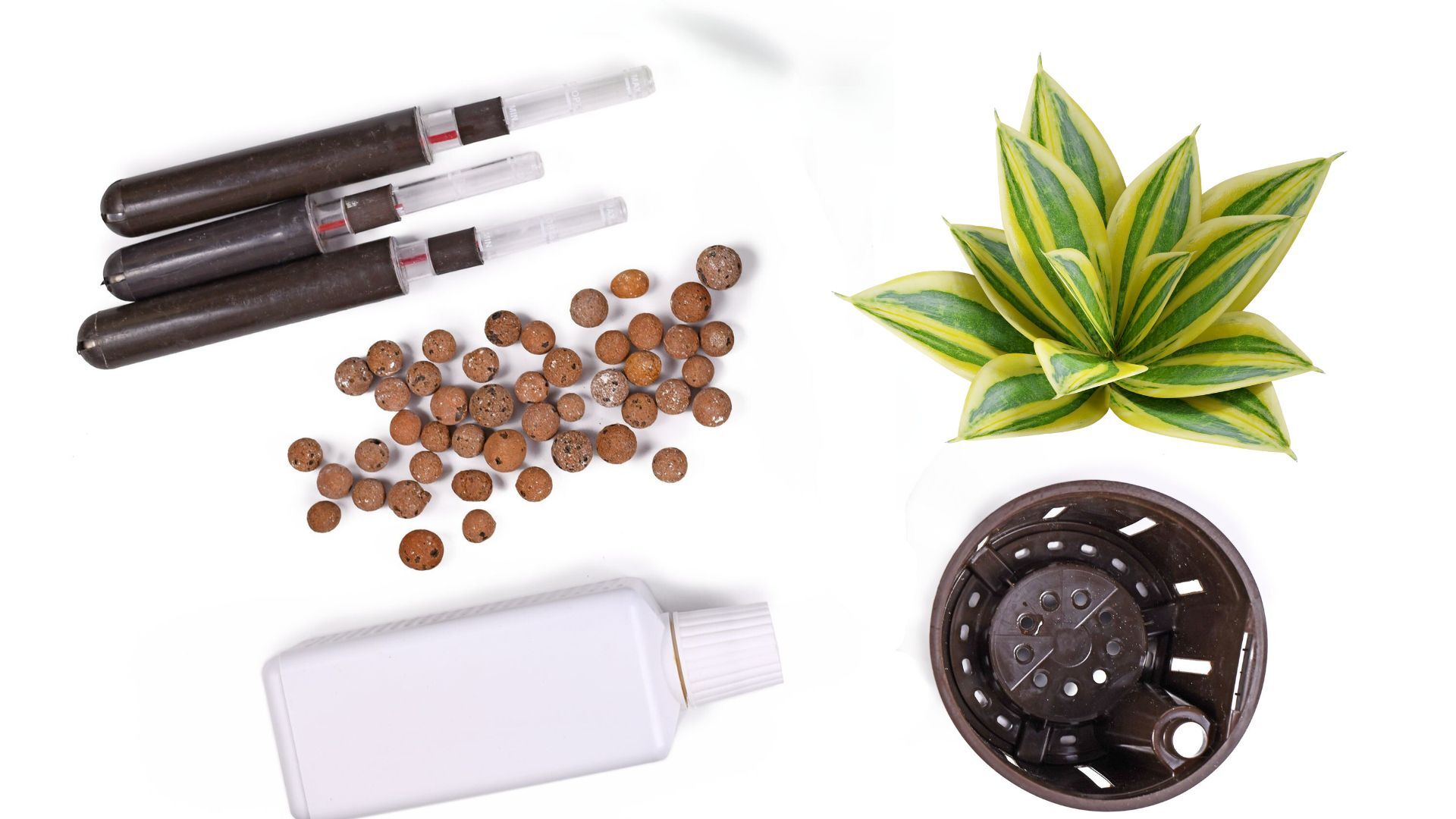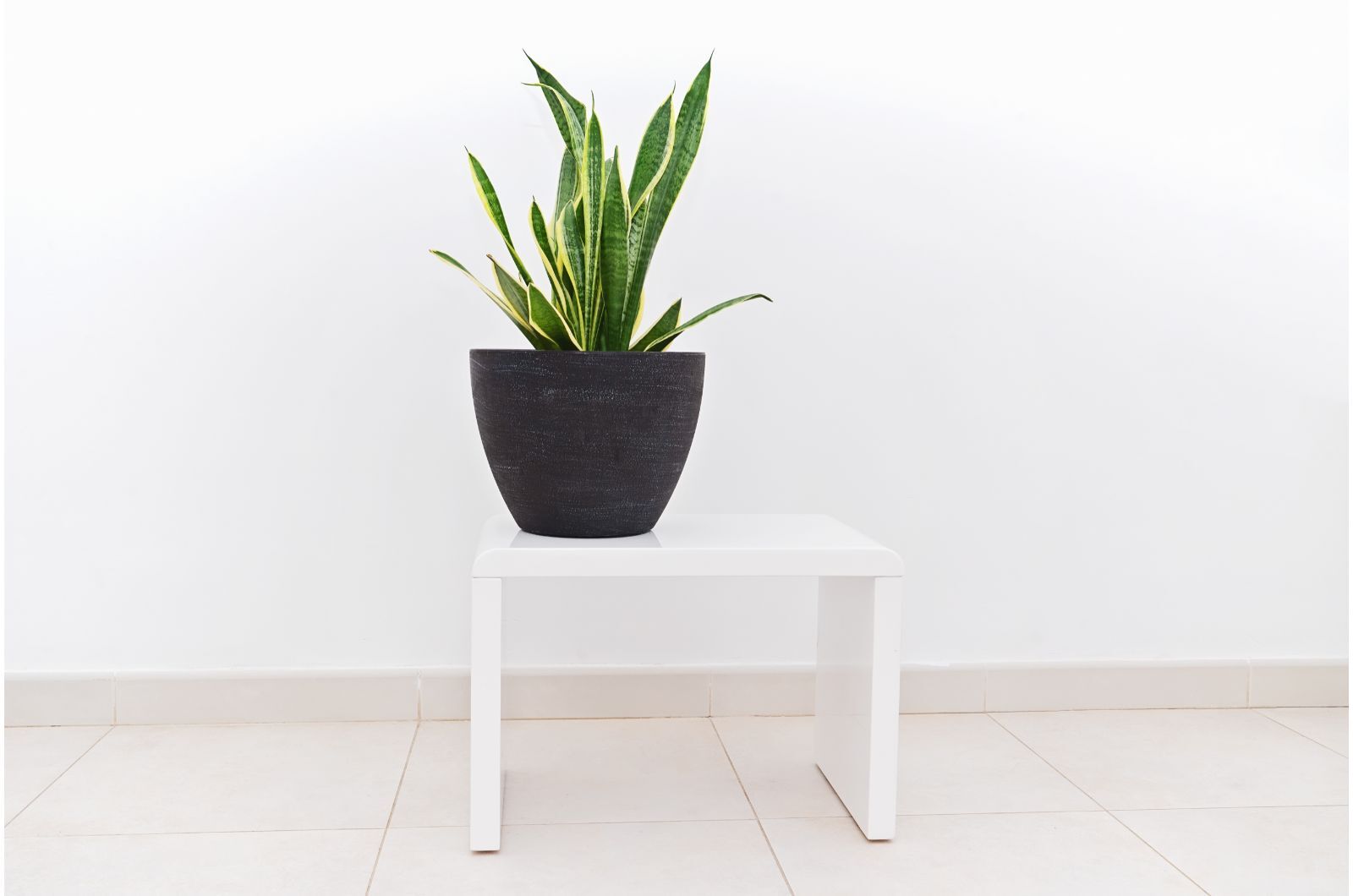Snake plants are one of those popular plants everyone has in their collection. We know almost everything about them! They grow slowly, love well-drained soil, blah, blah, blah…
But did you know that you can grow your snake plant in water? This technique sure is unique, but you can make it work with a few adjustments.
My favorite method is propagating them this way, although you can move adult plants into a water medium if you’re careful enough.
Here’s how!
Let’s get started!
First, Prepare The Tools
The good news is that you won’t need many tools for this chore. A clean, sterilized, and sharp knife, a glass vessel, and some water will do the trick.
Since we’re multiplying these beauties in water, there’s no need for rooting hormones. They will only contaminate the medium faster, leading to more work in the long run.
Then, Follow These 3 Steps For Propagating Snake Plants
Snake plant propagation isn’t that difficult. Taking leaf cuttings and placing them in water is one of the best methods of multiplying this beauty.
Here’s how you can do it!
#1 Take Cuttings
We immediately start off strong! Take the healthiest leaf you can find and cut it all the way to the base.
If you have a large leaf, cut it into smaller pieces. I like to make V shapes. This increases the surface area that will come into contact with the water.
And it makes it easier to distinguish the bottom part!
#2 Place Them In Water
The next step is giving your cuttings some water. Place them in a jar or any other glass vessel you chose for this purpose and fill it with water.
Ensure that the water reaches up to a quarter of each leaf.
#3 Secure Them
The last thing you need to do is make sure your cuttings stand still. To avoid them tipping over into the water, secure them with toothpicks.
If you hate pricking your plants like I do, you can always place more cuttings into a single glass. Let them rest on the sides of the vessel, and that’s it!
P.S. The roots will take at least a month and a half to develop, so be patient!
Or, Move The Pups Instead
There are many snake plant varieties and all of them have gorgeous leaves. If you hate doing them “harm,” you can always separate your plants instead of taking cuttings.
Step 1. Take your plant out of the soil and remove all the dirt. Wash the roots in water and inspect them thoroughly.
Step 2. Find which clumps and pups have separate root systems. Try to separate these with your hands so that you don’t do much damage to the roots. You can use a knife, but don’t be too liberal with it. Only make necessary cuts.
Step 3. Ensure that the roots are as clean as possible before placing your new plants in water.
Step 4. Fill a pot with LECA, pebbles, or some other inorganic material and add water. Distilled and rainwater work best for this purpose.
Finally, The Aftercare
Snake plant care is one of the easiest to follow. Yet, some things are different when it comes to caring for this plant in water instead of soil.
If you want to move your spiky buddy to a liquid medium, here are some things you should know.
Light
Snake plants thrive in indirect sunlight. Place your cuttings and small plants on an east-facing windowsill, and they will flourish.
If you don’t have room, you can always keep these plants a couple of feet away from west- and south-facing windows.
Just make sure they don’t come into contact with direct afternoon sunlight, and they will be fine.
Water
When growing snake plants in hydroponics, use distilled or rainwater for optimal results. Tap water is fine if you allow the chlorine to evaporate overnight.
Make sure to replace the liquid medium every 5-7 days or whenever it becomes murky.
Temperature
Keep your water-growing snake plant at room temperature for optimal results. They grow best in conditions above 60°F, but will tolerate anything between 50-90°F.
Fertilizer
Snake plants thrive in hydroponics, but they need special fertilizers that will deliver all the nutrients they need.
Water doesn’t contain the minerals these plants need for proper growth, so you will have to replenish them every time you replace or add more water.
Use hydroponic fertilizers because they have a special formula that works for these conditions.
Bonus Tips On Cuttings Care
There are many reasons why your snake plant is not growing. Here are some things you can do to avoid them.
• Rinse the jar or glass every time you replace the water to prevent fungus and bacteria growth.
• Replace the water 2-3 times a week or whenever it gets murky when propagating your snake plants.
• Use dark or opaque pots to prevent algae growth and reduce the need for replacing water often.
• Get rid of rotten roots and inspect your plant frequently, especially if you’ve moved it from soil to water.
• Keep your snake plant away from cold droughts to avoid temperature stress. Don’t place them near AC vents, heaters, doors, old windows, etc.

